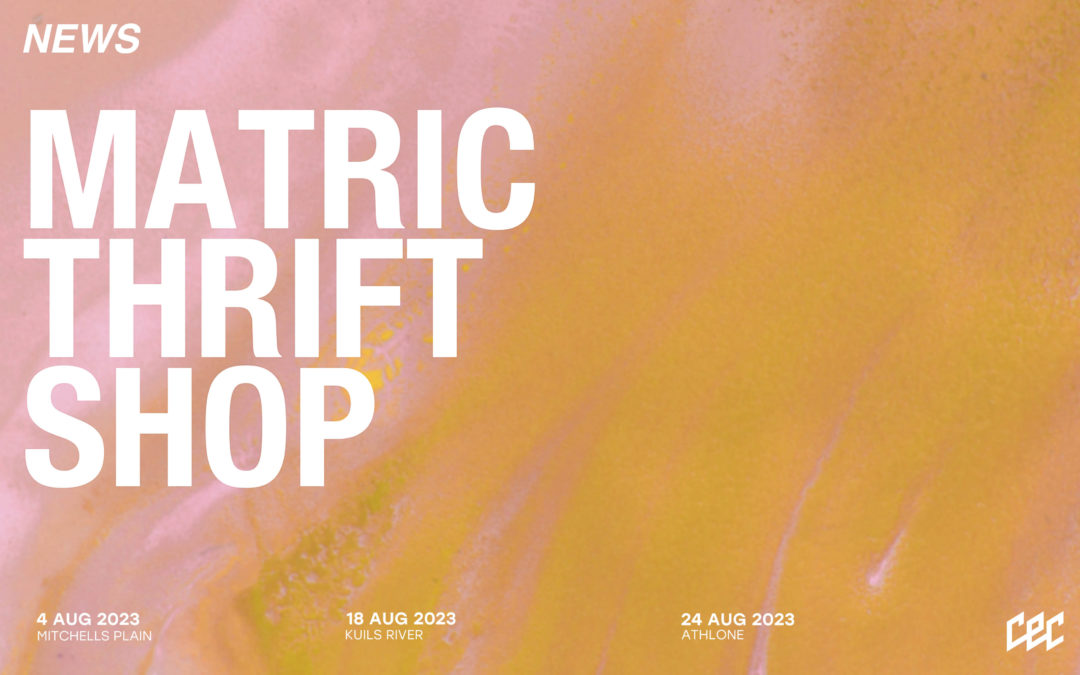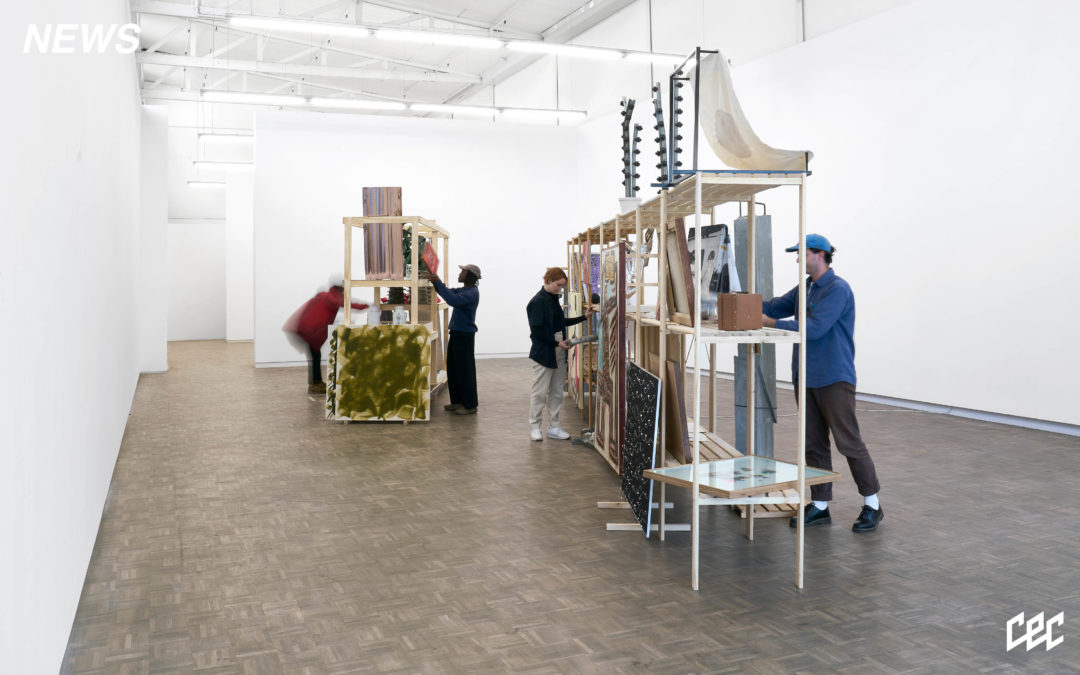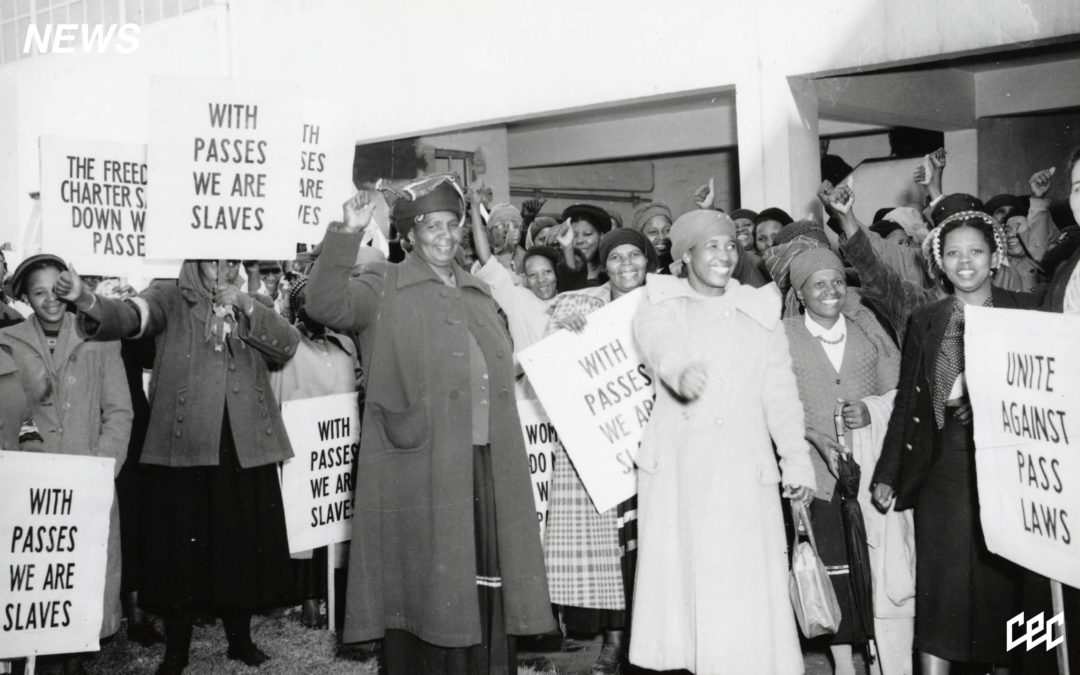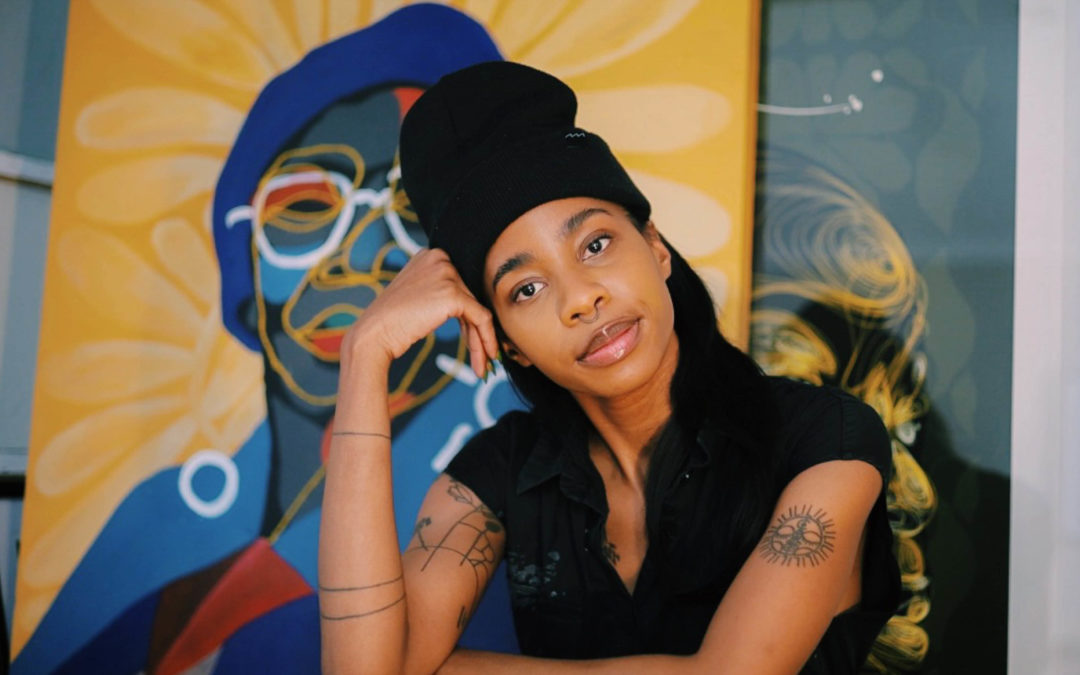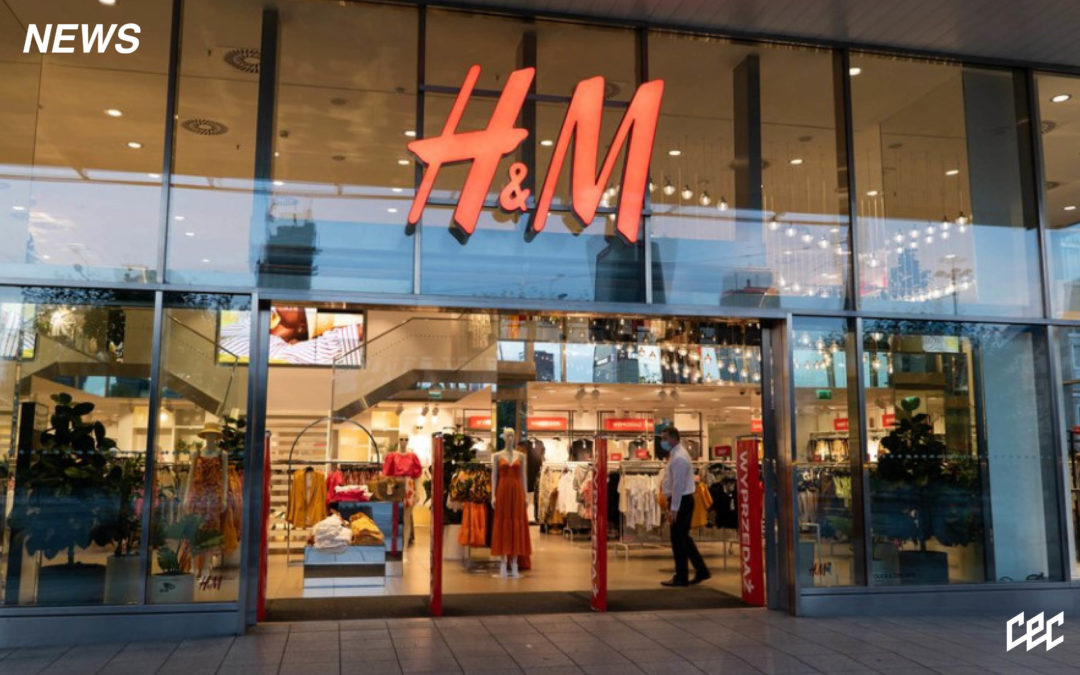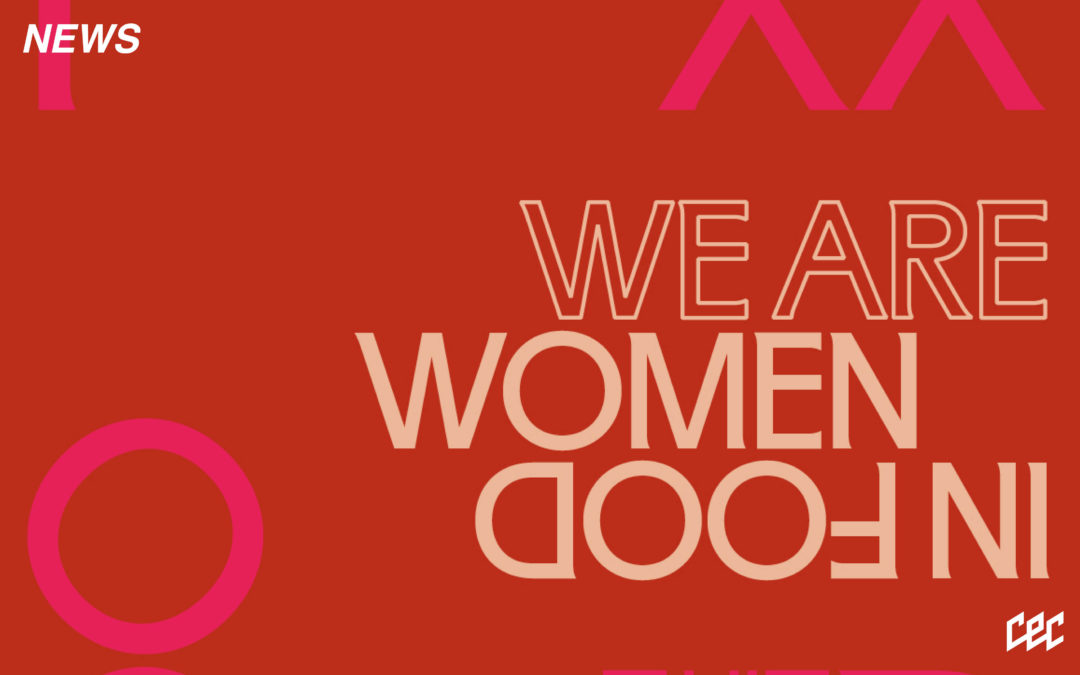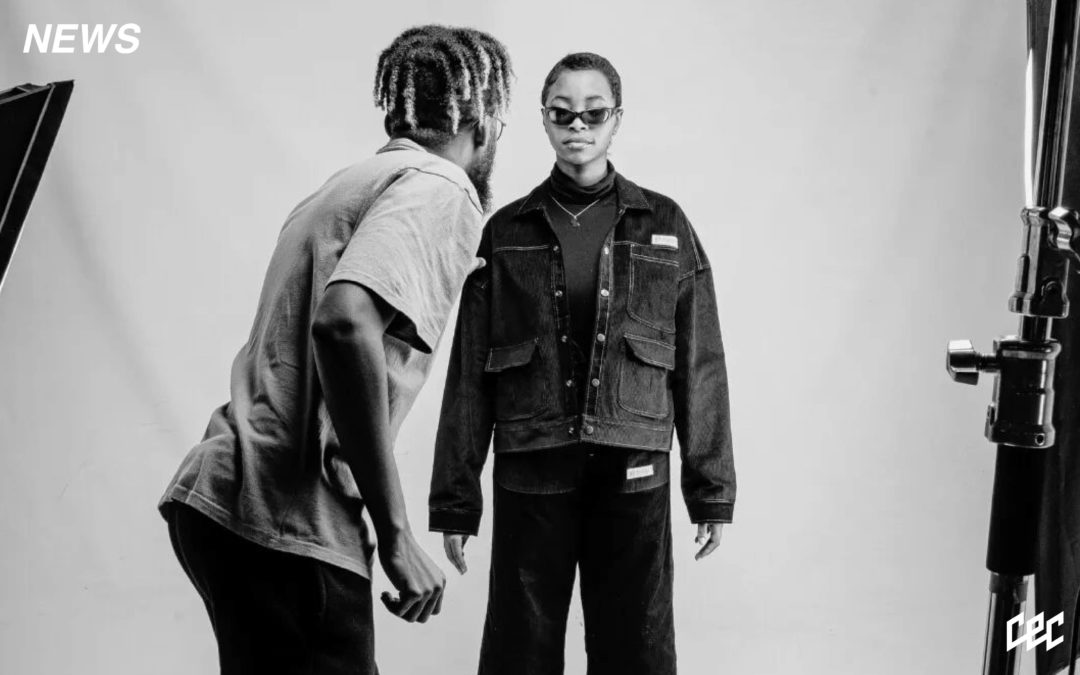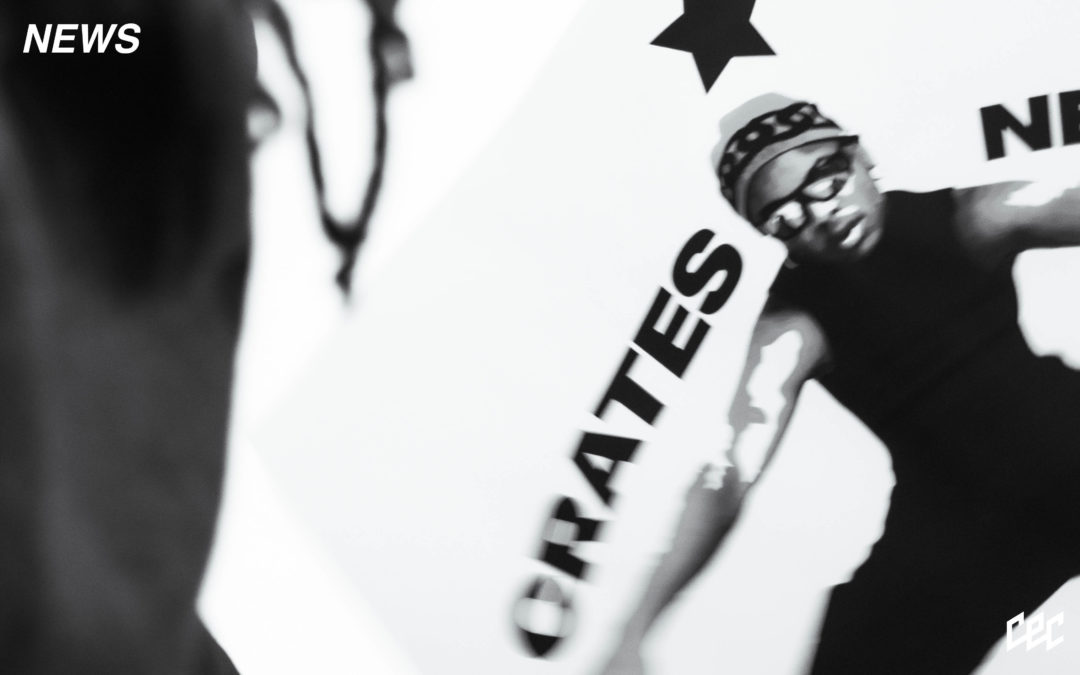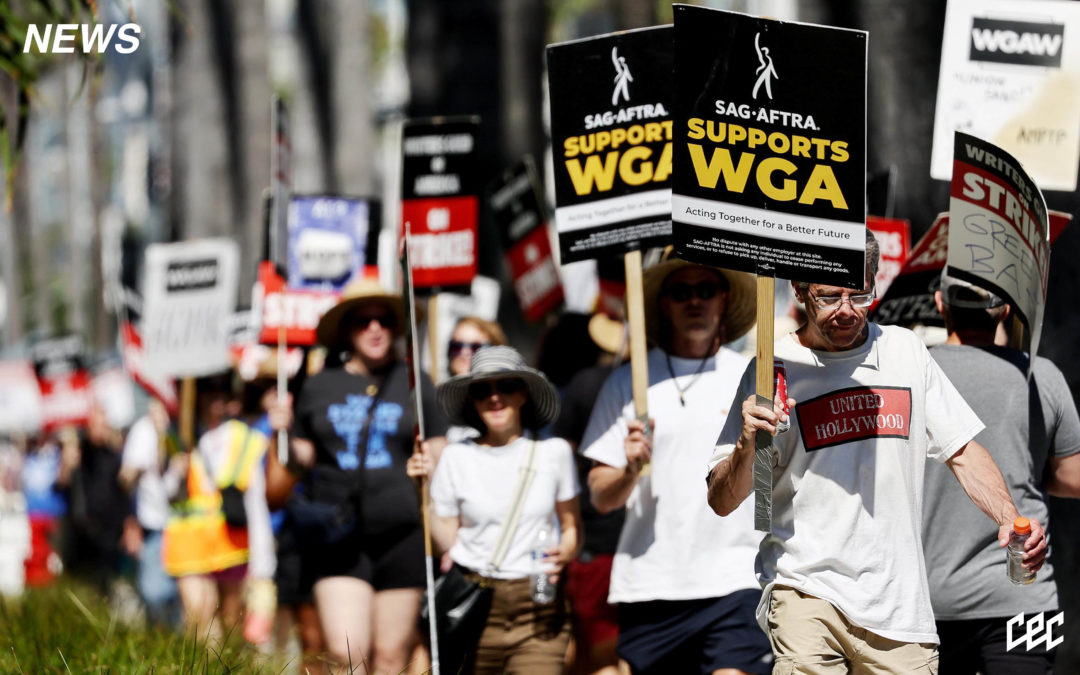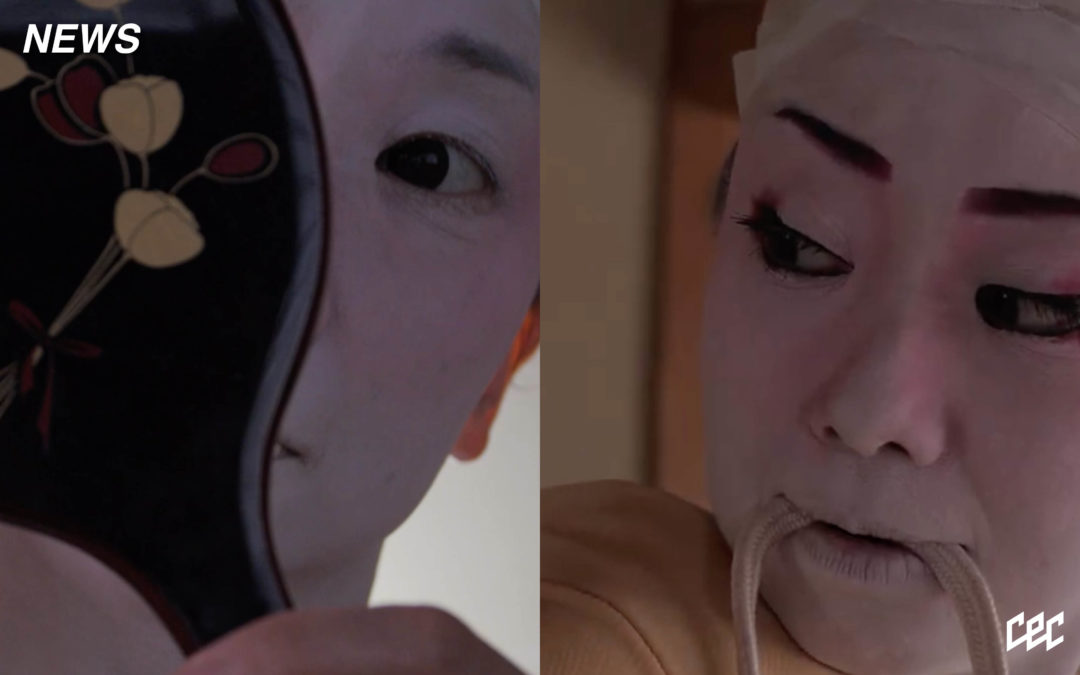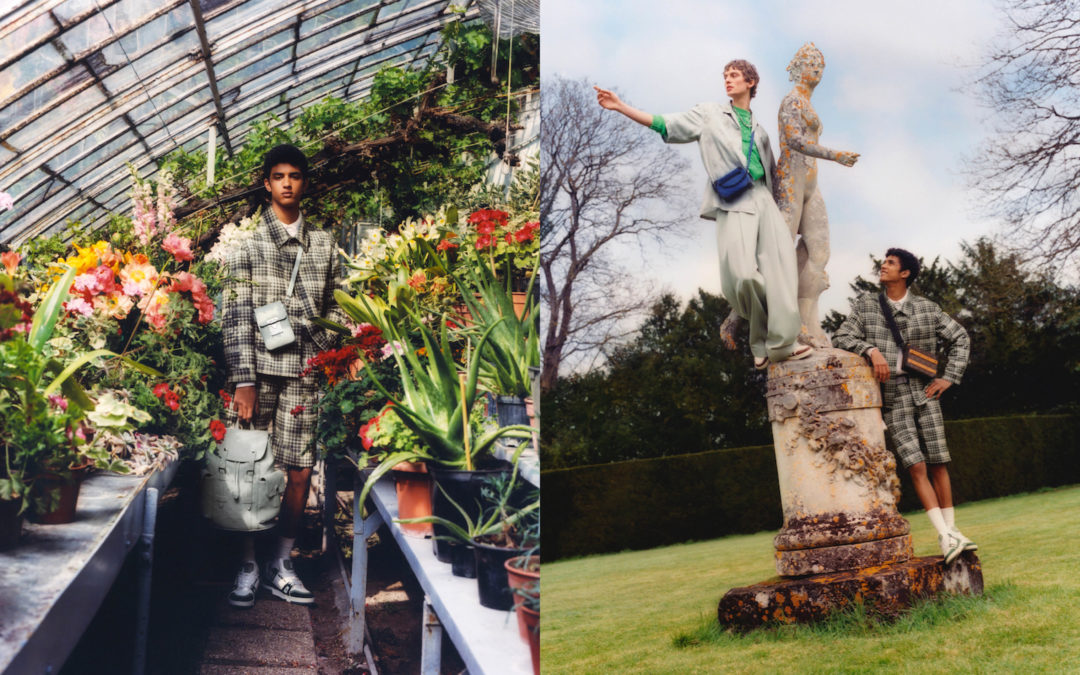Southern Guild is pleased to present 9 Hopkins, a solo exhibition of abstract artworks by Kamyar Bineshtarigh, from 24 August to 19 October, 2023. This new series of expansive, mixed-media paintings is at once an exploration of gestural mark-making and an engagement with the urban fabric of Salt River, an historic industrial area located close to central Cape Town. Working intuitively in conversation with his observed environment, Bineshtarigh lifted each of the new artworks from the painted walls of his studio complex. This is his first solo exhibition with Southern Guild since joining the gallery at the beginning of 2023.
Bineshtarigh’s long-standing interest in script, language and mark-making has been deeply informed by his surroundings since moving into his studio in Salt River, a complex of ageing industrial buildings on a triangulated island of land bordered by Hopkins, Aubrey and Yew Streets. With the buildings scheduled for demolition and redevelopment, 9 Hopkins represents a conclusive moment in his interaction with this particular site.
The exhibition’s works find their conceptual origins in the unintentional marks observed on the walls of a panel-beating workshop on the ground level of 9 Hopkins Street. The auto workshop’s walls bear the iterated hand and fingerprints of the panel-beaters, who over a period of many years, have used the surrounding wall space to wipe paint, lacquer, grease and grit from their palms. Inscribed with these handprints together with amassed layers of debris and paint remnants, the walls stand as accidental archives of presence, physical labour and human gesture.
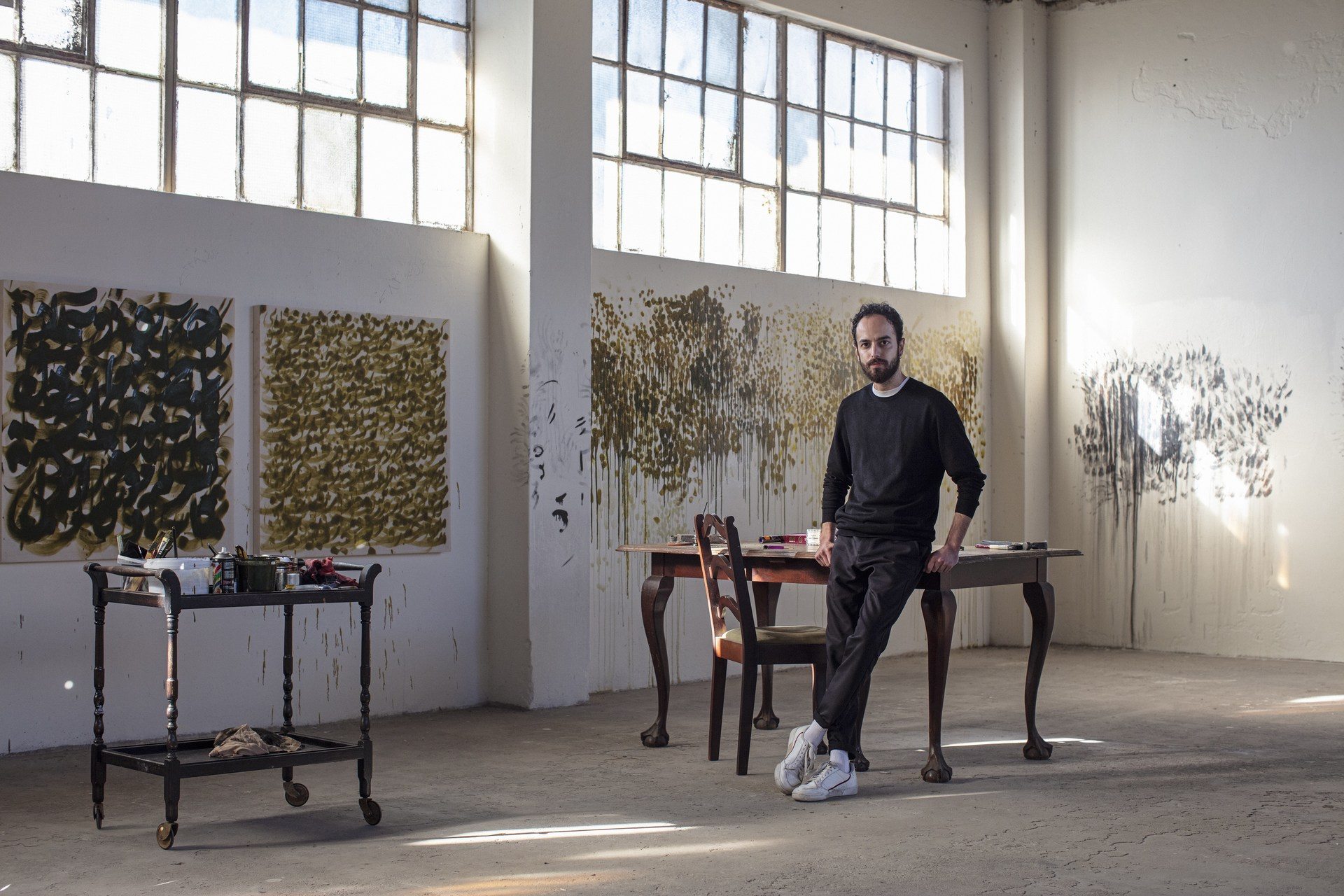
Courtesy of Hayden Phipps/ Southern Guild
Bineshtarigh experimented with creating facsimiles of these unstudied gestures using ink, graphite and turpentine, expanding on his unique process of making first cultivated in his 2022 solo, Uncover, at Norval Foundation. Painting directly onto large sections of his studio’s walls, he applies layers of cold glue to form a skin that he then peels away, extracting the base layer of pre-existing wall paint overlaid with artwork. The works – especially those lifted from the oblong rectangles of the building’s pillars – echo the skeletal structure of the space itself.
The works in 9 Hopkins are expansive murmurations, alive with movement and layered intent. Bineshtarigh’s inquiry relates to the role of this intention and the perceivable transfer of energy in mark-making. The crux of this experientially driven exercise negotiates the curious space between art-making and the act of uninhibited being.
Like many of the buildings in the area – the most studied example being the nearby Rex Trueform clothing factory – the history of the Hopkins Street complex is enmeshed with constructions of race, class and gender. The buildings’ earliest architectural plans date back to 1935, when Salt River emerged as a garment manufacturing hub. The area’s textile industry would ultimately share a complex historical relationship with the racial politics of the Apartheid regime. Pre-1948, the industry’s workforce was predominantly White, but this changed when the country’s divide-and-rule policies designated the Western Cape a preferential area for Coloured labour. Bineshtarigh’s studio itself once housed a garment factory that employed only White women before the promulgation of segregationist policy shifted this to low-income labour of Coloured and later, Black women.
Following the democratisation of the country in 1994, South Africa’s borders opened to international trade. Local textile factories could no longer sustain themselves amid the influx of cheaper imports, eventually leading to widespread retrenchments and industry collapse. Now deteriorating and seemingly forsaken by the municipality, the complex is set to be demolished in October 2023, eradicating the multitude of livelihoods and activities the space currently facilitates. While the building borders multiple sites protected as local heritage zones, the Hopkins Street complex has either been deemed “not heritage worthy” or “requiring further investigation” by a heritage assessment commissioned by the site’s developers.
The implications of our built environments exceed the realm of the tangible; architectural spaces hold the physical and metaphysical vestiges of their lived histories. 9 Hopkins stands as a memorialisation of unconscious mark-making as an indicator of human presence and a mapping of memory and being.
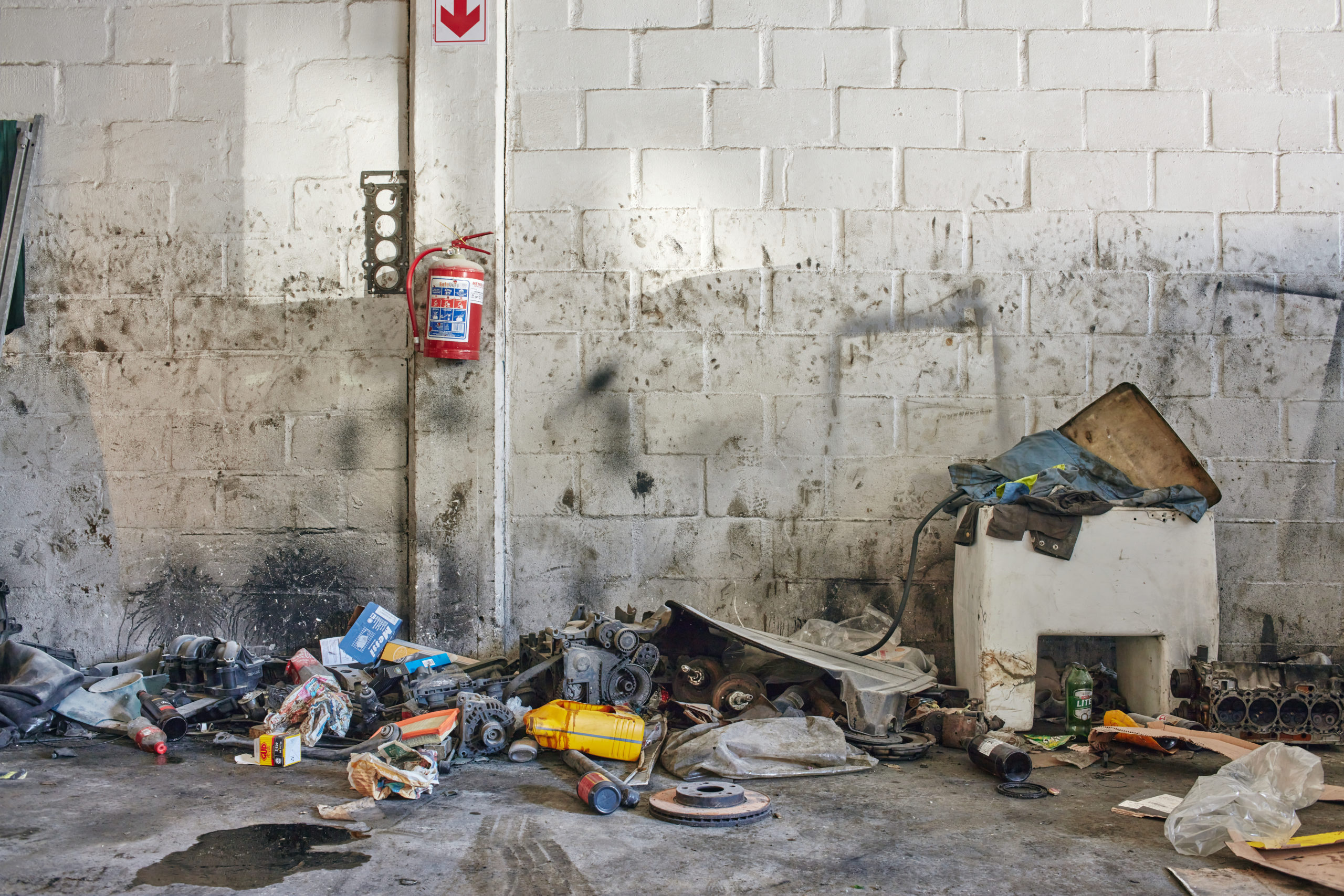
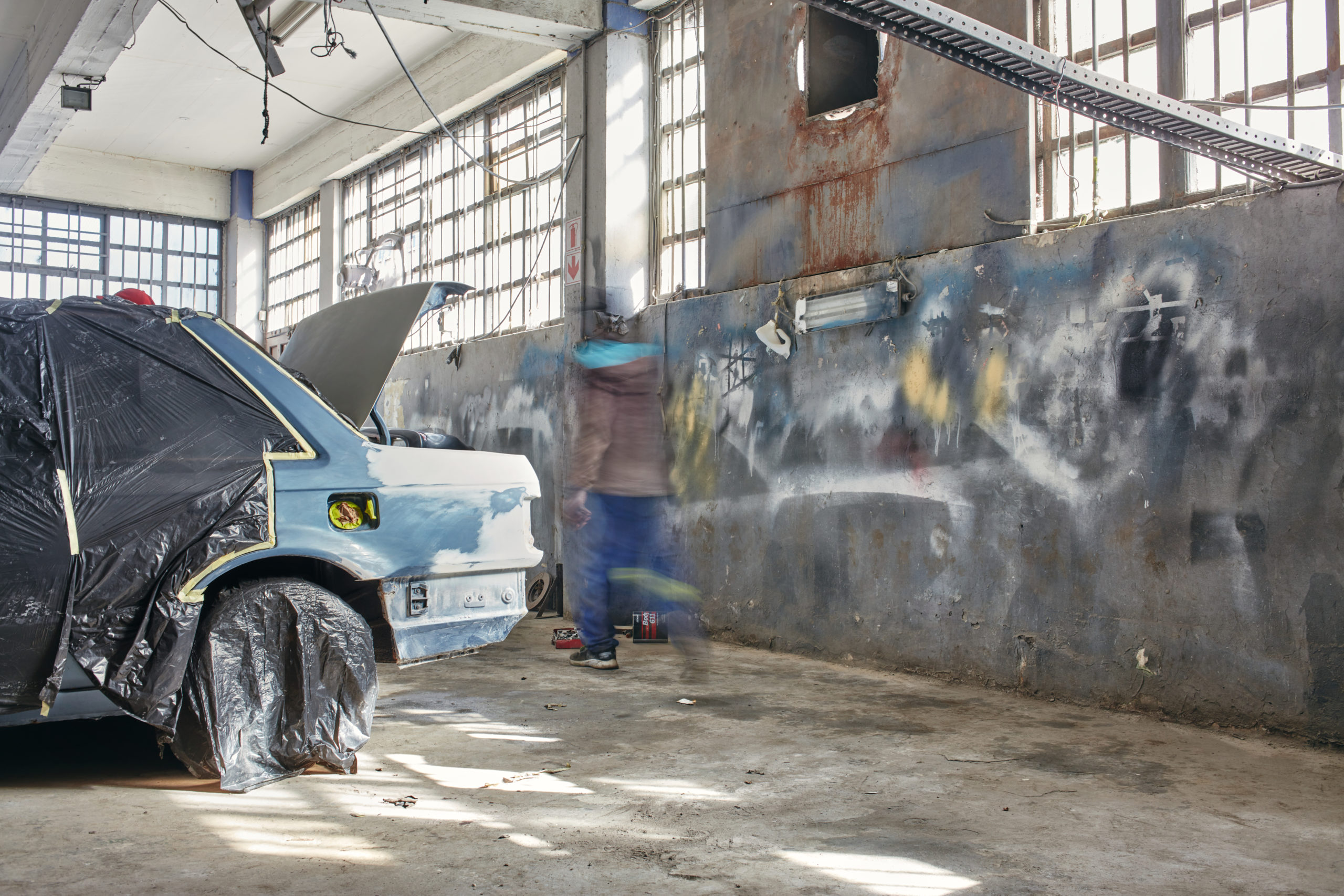
Courtesy of Hayden Phipps/ Southern Guild
ABOUT SOUTHERN GUILD
Founded in 2008, Southern Guild showcases contemporary artist practices from the African continent and diaspora. The gallery’s rigorous curatorial programme pivots on unprecedented modes of making, cross-disciplinary collaborations, and the ingenuity of the human hand. Southern Guild represents artists from South Africa, Benin, Congo, Iran, Kenya, Mali, Nigeria, and Zimbabwe amongst others, working closely with artists to articulate their voices authentically to an international audience. Having pioneered the functional art and collectible design category on the African continent, Southern Guild is uniquely positioned to articulate the socially embedded role of African art throughout history and the marriage of personal narrative with Africa’s current geo-political, economic, cultural and ecological context.
Press release courtesy of Southern Guild
For more news, visit the Connect Everything Collective homepage www.ceconline.co.za

